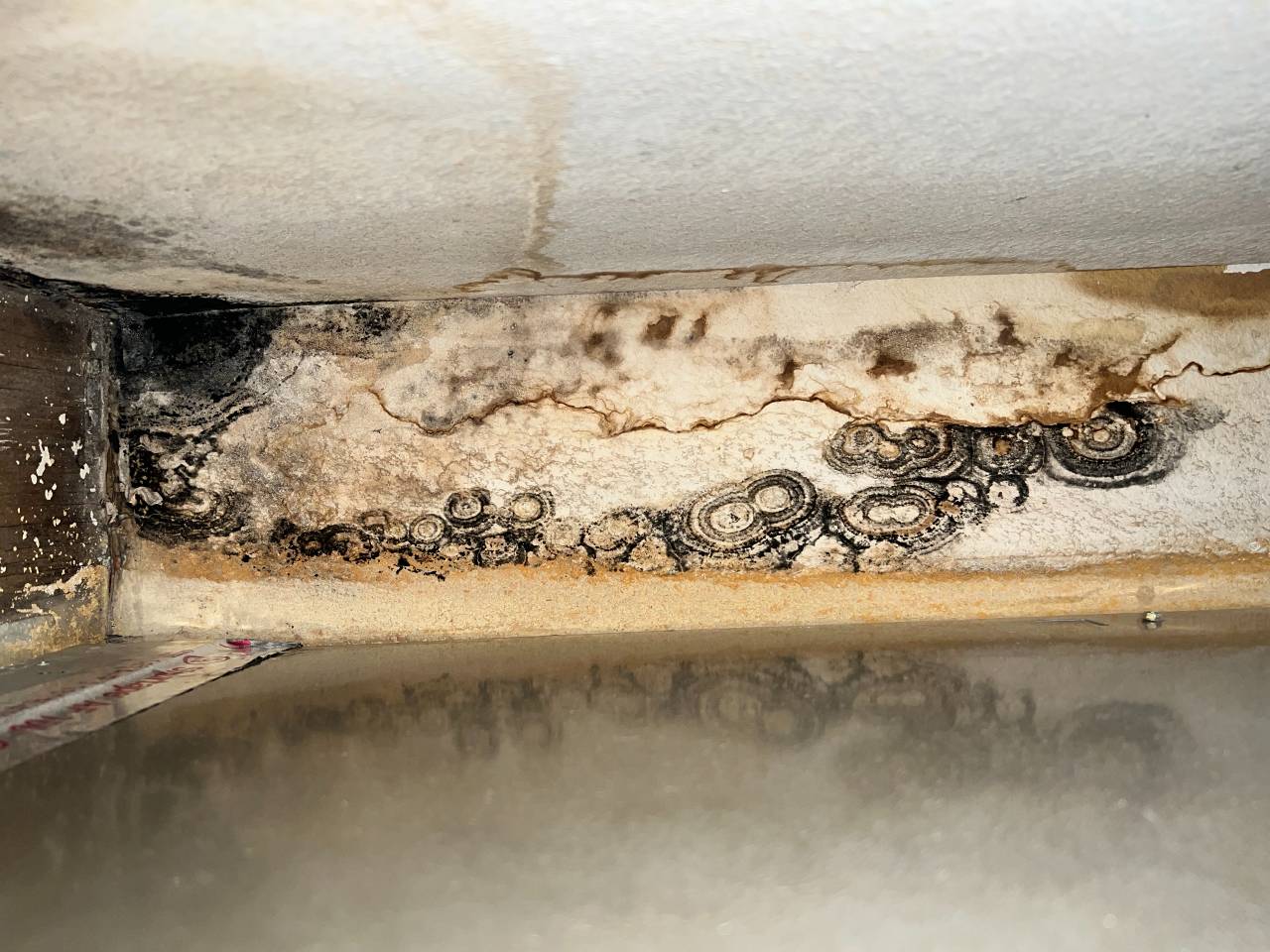Your Ultimate Overview to Blog Post Mold Remediation Strategies
Browsing the world of post-mold remediation techniques is a meticulous procedure that demands focus to information and a thorough understanding of the details included. In the consequences of mold problem, recognizing exactly how to effectively eradicate the mold and mildew and stop its reoccurrence is vital for preserving a healthy indoor setting. From picking the best cleansing and decontaminating approaches to applying strategies for long-term mold and mildew avoidance, each step in the remediation journey plays an important function in guaranteeing an effective outcome. As we start this exploration of post-mold remediation methods, we will reveal the crucial methods and best techniques that can assist you restore your area to its pre-mold condition and guard it against future mold and mildew hazards.
Comprehending Post-Mold Removal Process
After finishing the mold and mildew remediation process, it is essential to understand the post-mold removal techniques that are essential to guarantee a reliable and comprehensive cleanup. As soon as the mold has been gotten rid of, the next step includes cleaning and sanitizing the influenced areas to avoid any regrowth of mold and mildew.
Moreover, carrying out a final examination post-remediation is crucial to make sure that all mold has been effectively eliminated. This evaluation must include a thorough aesthetic check as well as possibly air tasting to verify the absence of mold and mildew spores in the air. Added remediation might be required if the evaluation discloses any kind of remaining mold and mildew. Last but not least, educating residents on safety nets such as managing moisture levels and immediately attending to any type of water leaks can assist keep a mold-free environment.
Reliable Cleaning Up and Sanitizing Techniques

Protecting Against Future Mold Growth

Value of Proper Air Flow
Appropriate ventilation plays an essential function in protecting against wetness accumulation, a vital element in mold and mildew growth within interior settings. Efficient ventilation systems help eliminate excess moisture from the air, reducing the opportunities of mold spores discovering the dampness they need to spread out and sprout. Without adequate ventilation, indoor spaces can become a breeding ground for mold, click to read causing possible health and wellness risks and structural damages.
By making sure correct air circulation, ventilation systems can likewise help in drying Check Out Your URL out damp locations a lot more promptly after water damages or flooding cases, additionally discouraging mold development. testing air quality after mold remediation. Precede like shower rooms, attic rooms, cooking areas, and basements where dampness levels tend to be greater, mounting and preserving reliable ventilation systems is essential in avoiding mold and mildew invasions

Tracking and Maintenance Tips
Given the vital duty that proper ventilation plays in stopping mold growth, it is necessary to establish reliable surveillance and maintenance pointers to ensure the continued performance of air flow systems. Tracking moisture degrees within the building is additionally important, as high humidity can contribute to mold and mildew development. By remaining alert and positive to the condition of ventilation systems, residential or commercial property owners can effectively minimize the threat of mold and mildew regrowth and preserve a healthy indoor environment.
Conclusion
Finally, post-mold removal methods are necessary for making certain a secure and tidy atmosphere. Comprehending the process, implementing effective cleansing and decontaminating approaches, protecting against future mold and mildew growth, maintaining proper ventilation, and normal tracking are all crucial Click This Link action in the remediation process. By following these guidelines, you can efficiently remove mold and avoid its return, promoting a healthy living or functioning area for all owners.
In the results of mold and mildew invasion, knowing how to effectively eliminate the mold and stop its reoccurrence is vital for keeping a healthy and balanced indoor environment. When the mold has been gotten rid of, the following action entails cleansing and decontaminating the influenced locations to stop any type of regrowth of mold and mildew - Post remediation mold testing near me. After removing visible mold and mildew development, it is vital to clean up all surfaces in the affected area to get rid of any kind of staying mold and mildew spores. To additionally improve mold prevention procedures, it is essential to deal with underlying problems that originally led to mold and mildew development.Given the vital duty that correct air flow plays in avoiding mold development, it is crucial to develop reliable surveillance and upkeep tips to guarantee the continued functionality of ventilation systems